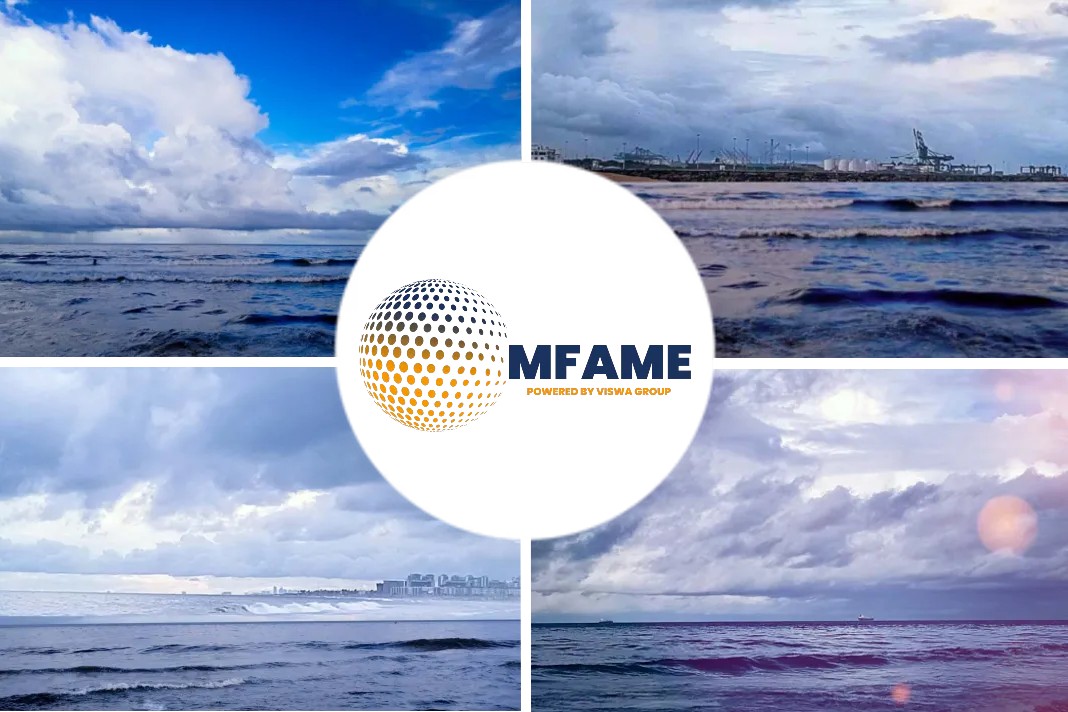Liquefied natural gas, or LNG for short, is becoming an increasingly popular marine fuel, largely due to the fact that it is a significantly more environmentally friendly option than traditional diesel or heavy fuel oil. In response, the Port of Helsinki has published instructions for the safe LNG bunkering of ships.
LNG significantly reduces the environmental emissions of ships. Compared to traditional marine diesel, for example, LNG can reduce harmful nitrogen emissions – a significant contributor to the eutrophication of the Baltic Sea – by up to 85%. Furthermore, using LNG can reduce carbon dioxide emissions by over 20%, in addition to also minimising sulphur and particle emissions. What’s more, ships that use LNG also run quieter than ships using traditional fuels.
With the expansion of the sulphur emission control area of the Baltic Sea, LNG is becoming an increasingly attractive option, and one that also complies with the restrictions on nitrogen emissions that will enter into force in the Baltic Sea as of the start of 2021.
The Port of Helsinki also wishes to do its part in facilitating the adoption of LNG. To this end, the Port prepared an LNG safety manual in collaboration with the consulting company SSPA and Finnish authorities last winter. The manual details the minimum requirements for shipping companies and LNG suppliers that wish to bunker LNG at the Port of Helsinki in a clear and practical manner.
LNG refuelling has been conducted at the Port of Helsinki since the summer of 2014, when the Finnish Border Guard’s offshore patrol vessel Turva was completed. The vessel’s primary bunkering place is in Vuosaari, and the bunkering has proceeded without any problems from day one. The latest LNG ship to operate out of the Port of Helsinki is the Tallink Shuttle Megastar, which operates on the Helsinki–Tallinn route. Megastar is refuelled at the West Harbour five times a week. The ship’s turnaround times are very short, as a result of which the refuelling must be conducted precisely, swiftly and safely.
Did you subscribe for our daily newsletter?
It’s Free! Click here to Subscribe!
Source: Port of Helsinki






















